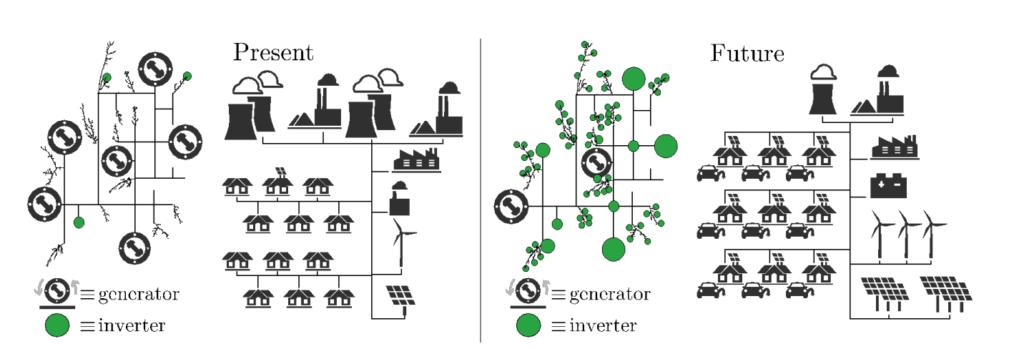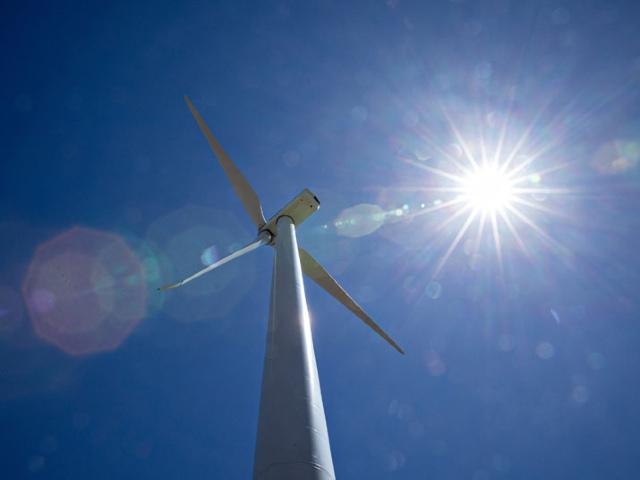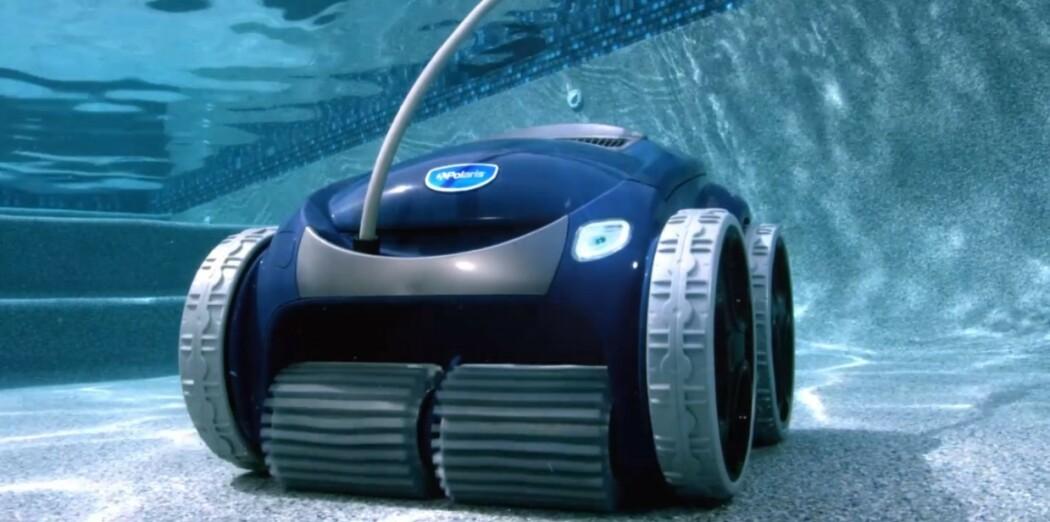NREL, GE Test Grid-Forming Controls for Type-3 Turbines
The National Renewable Energy Laboratory (NREL) and General Electric (GE) have operated a common class of wind turbines in grid-forming mode, which is when the generator can set grid voltage and frequency and, if necessary, operate without power from the electric grid.
The demonstration showed that the type-3 turbine technology can supply fundamental stability to the bulk power grid. GE’s grid-forming controls allow the turbine to make up for fewer conventional sources of stability on the grid, such as coal or natural-gas-fired generators, while also overcoming a well-known issue with electrical oscillations, in which voltage fluctuations are amplified and occasionally lead to power plant outages.
This real-device demonstration is the first of several in the Department of Energy Wind Energy Technologies Office project Wind as a Virtual Synchronous Generator (WindVSG), which aims to research wind and storage inverter controls that electronically imitate the stabilizing features of conventional generators. For the last three years, NREL has been working to achieve that goal by characterizing devices, designing controls and simulating operation. The laboratory is now proving the grid-forming principles on real devices in a replica power grid environment.
“We have shown that a common variety of wind turbine can serve the same underlying voltage and frequency stability services that are often provided by fossil fuel power plants,” observes Vahan Gevorgian, NREL’s chief engineer. “This is another example of how inverter-based energy resources like wind and solar can fulfill a wider role in future power systems.”
As renewables make up a larger share of the power supply, they will also need to take a larger share of responsibility as stewards of grid stability. That responsibility includes the capacity to restart power following an outage, to restabilize following a transient electrical event and to generally “form” the grid as baseline power resources. Large spinning generators have traditionally underpinned a steady grid frequency and voltage. Now, inverter-based resources like wind, solar and batteries are being primed for that role in multiple DOE projects, including the Grid Forming Inverter Consortium, which will share findings and research objectives among industry and community partners.
In the WindVSG demonstration, an NREL-GE team created controls for a 1.5 MW type-3 wind turbine to provide primary frequency and voltage support, and restabilize the surrounding grid by adjusting its power in response to momentary electrical anomalies. Type-3 turbines are an especially complex case for developing grid-forming controls. These turbines use a generator that is directly connected to the grid, with the turbines’ electricity output modulated by power electronics components. To fully understand this complexity, NREL developed a full-detail model of the turbine’s electrodynamics, aided by a custom toolkit developed by the NREL research team.

NREL powered-on the grid-forming turbine using the Advanced Research on Integrated Energy Systems (ARIES) platform, which allows at-scale validation in a replica grid environment. A 5 MW research dynamometer served as prime mover in the mock power system, allowing the researchers to emulate different grid dynamics and observe the turbine’s performance.
The team found that under “weak” grid conditions – when few conventional generators such as thermal power plants are present – the turbine is exceptional at adding stability. However, in “strong” grids with a greater number of conventional generators, the grid-forming turbine could develop unstable dynamics of its own. That is generally not the case for grid-following controls, which accompany most non-conventional energy devices like solar plants and battery storage systems, and typically produce power that closely follows the grid frequency and voltage of the larger electric system.
“In this work, we have found that the grid-forming turbine serves underlying stability in cases where it’s needed: as a standalone power source in a small system, or in systems with many inverter-based resources and few conventional forms of stability,” adds Gevorgian. “The ARIES platform makes this research possible – we are able to adjust the conditions that these turbines will experience on a live system, but within the safety of a controlled environment.”
The researchers also found that the grid-forming controls prevent a certain dangerous electrical oscillation that is severe enough to have caused real system blackouts. Results of this research show that the grid-forming mode effectively reduces that likelihood. This is an important outcome for wind power plants around the world that rely on type-3 turbines for a significant proportion of capacity.
Though a major step ahead for grid-forming renewable resources, this demonstration also indicates new directions for investigation. Within the WindVSG project, the research team will continue to study how the grid-forming turbine interacts with other devices on the power system, whether the grid-forming mode results in greater mechanical stress on the turbine and how the turbine can ensure stability even in strong-grid scenarios. Further demonstrations will also validate the grid-forming turbine when disconnected from the power grid.
For wind turbine fleets and other resources like solar PV and battery storage, grid-forming controls could open a new market opportunity in the form of grid services; that is, grid stability as another value stream for renewable resources. With this demonstration, NREL has validated one more approach for renewable assets to provide advanced stability. And with the ARIES platform, NREL can help partners prove such renewably sourced stability on their own systems.



